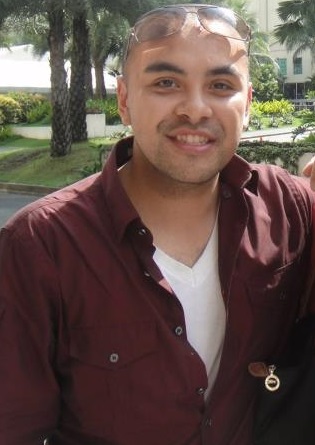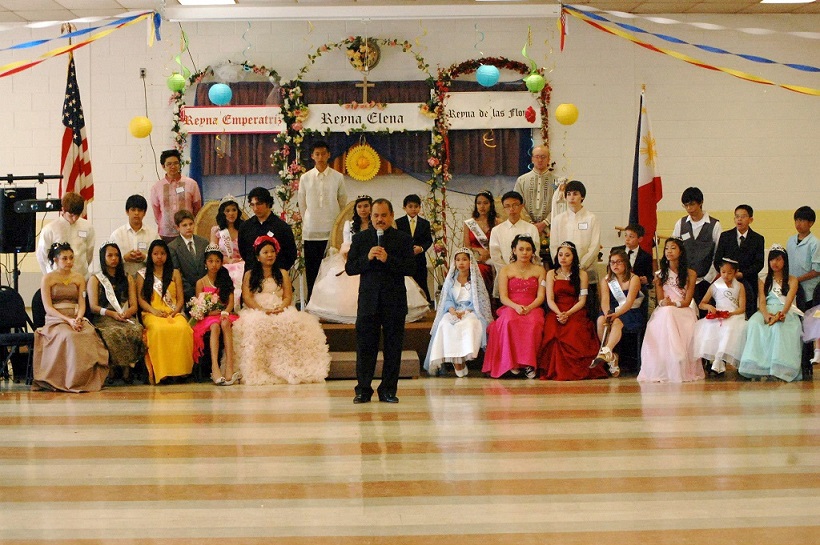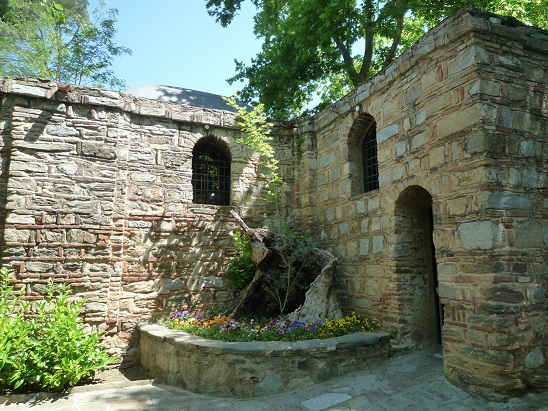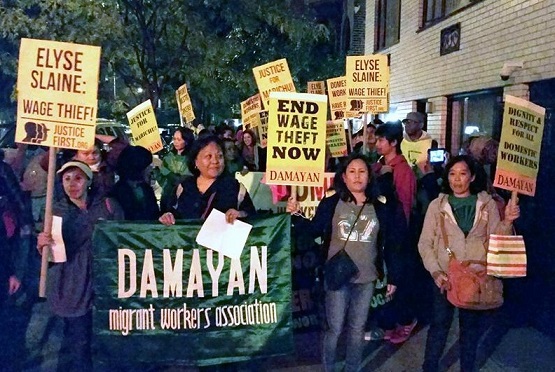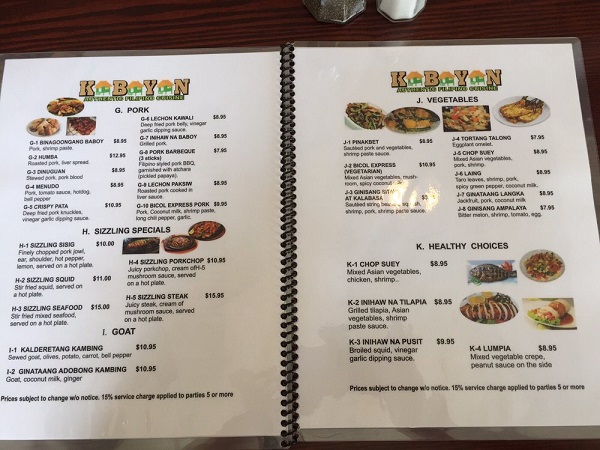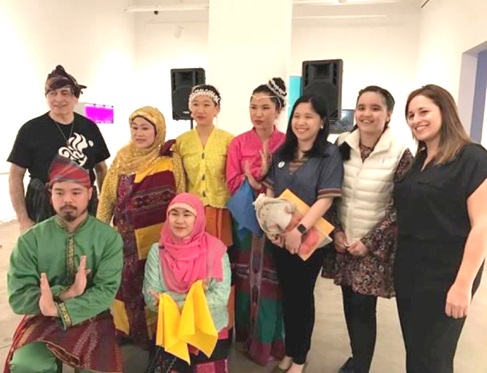Remembering Dr. Jose P. Rizal on his 153rd birthday on June 19th
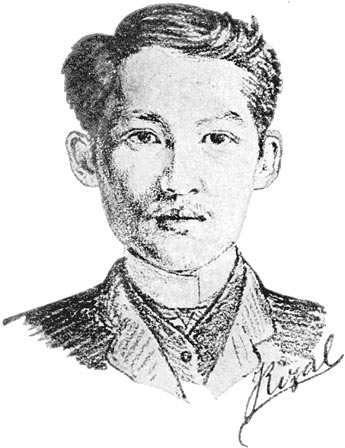 By Ludy Astraquillo Ongkeko, Ph.D.
By Ludy Astraquillo Ongkeko, Ph.D.
During the vey recent celebration of the 116th anniversary of Philippine Independence Day, ignited by the nomenclature, Kalayaan, one thought returned to this writer.
Myriad remembrances that sprung from history marked by the individual and collective sacrificial efforts of women and men heroes are inevitable.
Books have told and retold the true stories of the homeland’s women and men. Without what they did, independence would not be enjoyed today by the land of our birth.
Foremost among those heroes is Dr. Jose P. Rizal, whose life and times, likewise, what he penned as his ‘writings,’ are so well-documented.
The most outstanding Philippine hero’s monument wherever it stands, nationwide and abroad, reminds the populace about his enduring legacy: patriotism, loyalty, devotion to the never-forgotten aspirations for independence.
That indelible cause of freedom and reforms, never shunted aside by Jose Rizal himself, came to the fore when he gave up his life on December 30, 1896.
June 19, 2014, will depict the re-enactment of remembrances befitting Jose Rizal, the Filipinos’ national hero, not only in the land of his birth, but in
some cities abroad.
A very self-effacing couple, Bessie and Chito Mandap of Southern California spearheaded the campaign for the 2012 successful construction of
a most enduring monument of the Philippine hero in the City of Carson, California.
The Mandaps’ modest invitational call to make their Jose P. Rizal Memorial Movement was: “Together we will make it happen.” And they
did. In 2012, their dream came to fruition when they echoed: “Together we made it happen.”
Interestingly, at one alumni reunion held in Sacramento, the Golden State’s capital, under the aegis of the Baguio City High School International Alumni Association, a stirring event was held at a hall named the Jose Rizal Memorial Hall. At that time, multiple attendees asked one another, “How many such halls abroad are named after the homeland’s national hero?”
The Estioco Family, all high school alumni, residents of the Sacramento area, worked very hard to make the affair one to remember with respect to the hero of their country of origin. Although the occasion did not fall on any of the events often marked, an eloquent remembrance of Dr. Jose Rizal’s memoirs was read.
Observance of Dr. Rizal’s birthday anniversary takes his countrymen back to how his life has been memorialized: wreath-laying at his monuments and shrines, while programs and other scheduled appropriate ceremonies enumerate his unparalleled achievements, virtues, and unprecedented courage.
The never-ending campaign to perpetuate what Rizal, the national hero accomplished in literature makes emphatic what should be continued reading by all Filipinos.
Those pieces should not fail to be circulated to the younger generations: acclaimed as ‘masterpieces,’ achieved in various points of his life.
The aforementioned unforgettable literary gems by Dr. Rizal were written in March 1887, Noli Me Tangere, published in Berlin; El Filibusterismo, in September 1891; and the never-forgotten, much remembered Mi Ultimo Adios penned while imprisoned in Manila’s Fort Santiago in November 1896.
Very recently, on May 3, 2014, it was learned that a 26-foot bronze monument, the world’s tallest replica of Dr. Rizal, was unveiled at the sports complex of Santa Cruz, Laguna. The explanation read: “Beneath the giant monument is a museum and library and beside it, the first-ever sports academy for athletes and coaches.”
It was further learned that the idea of Jose Rizal, the sportsman, was inspired by a photograph showing the hero in a fencing session in France’s Paris, with Juan Luna, a fellow revolutionary, and one hero fittingly remembered as well.


